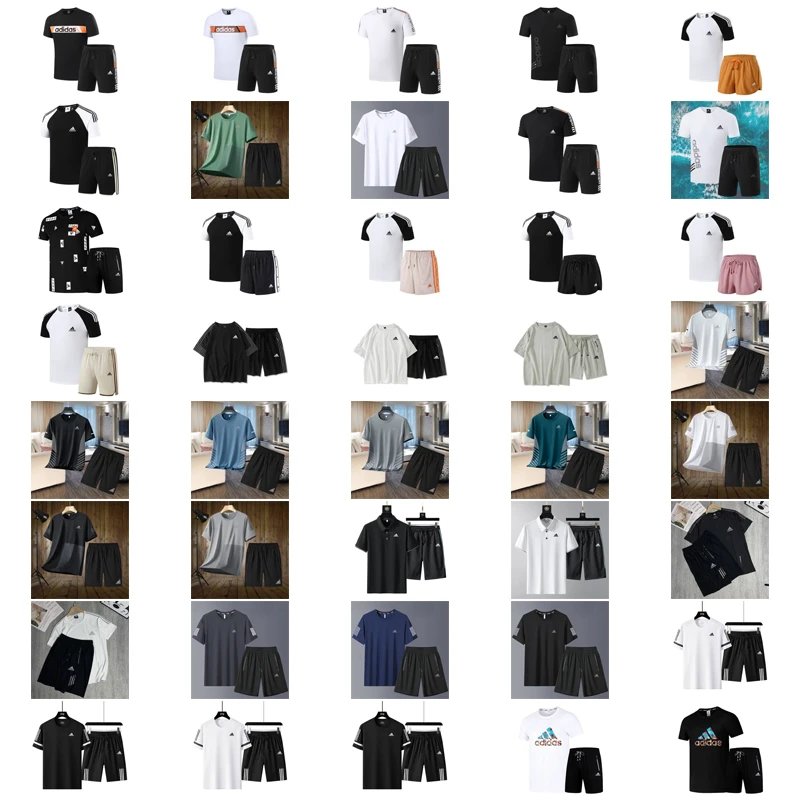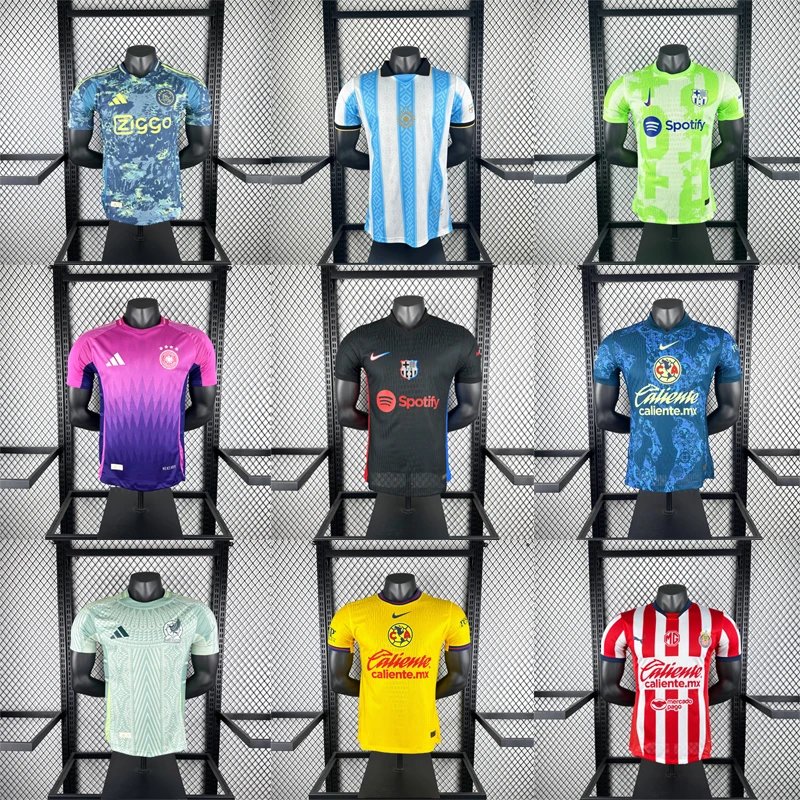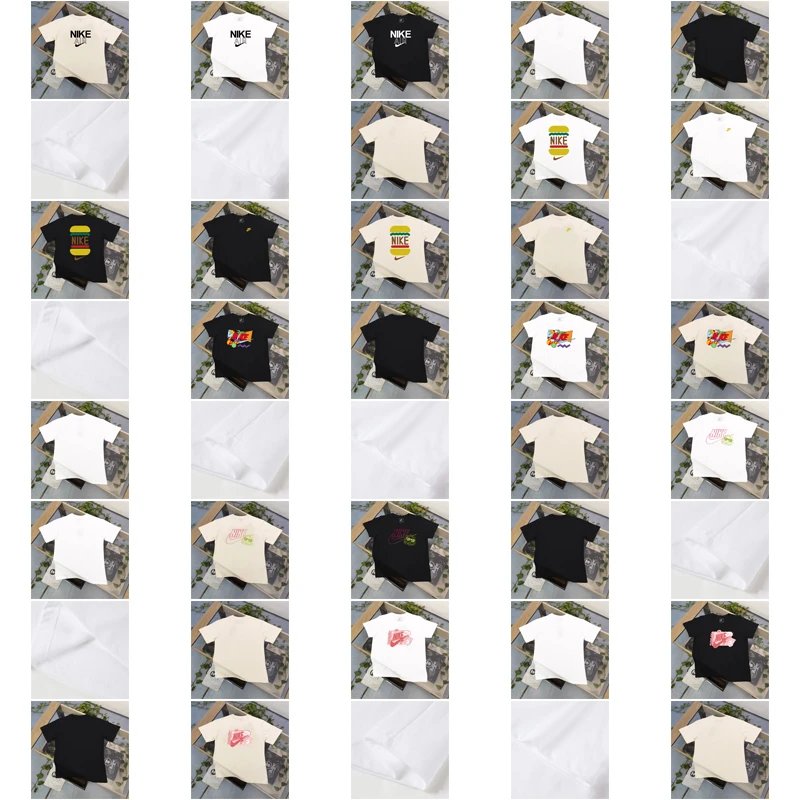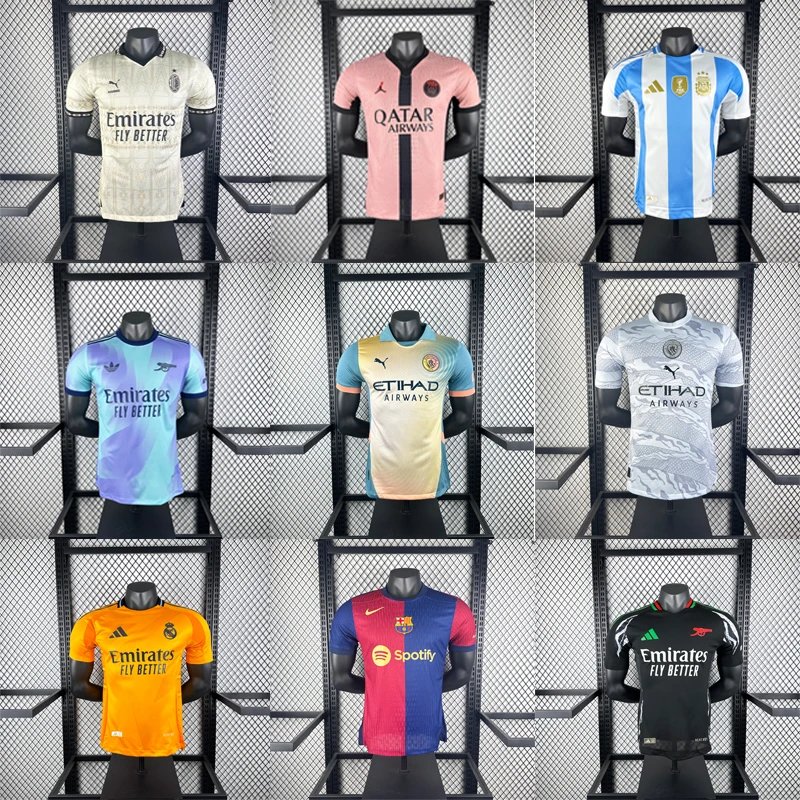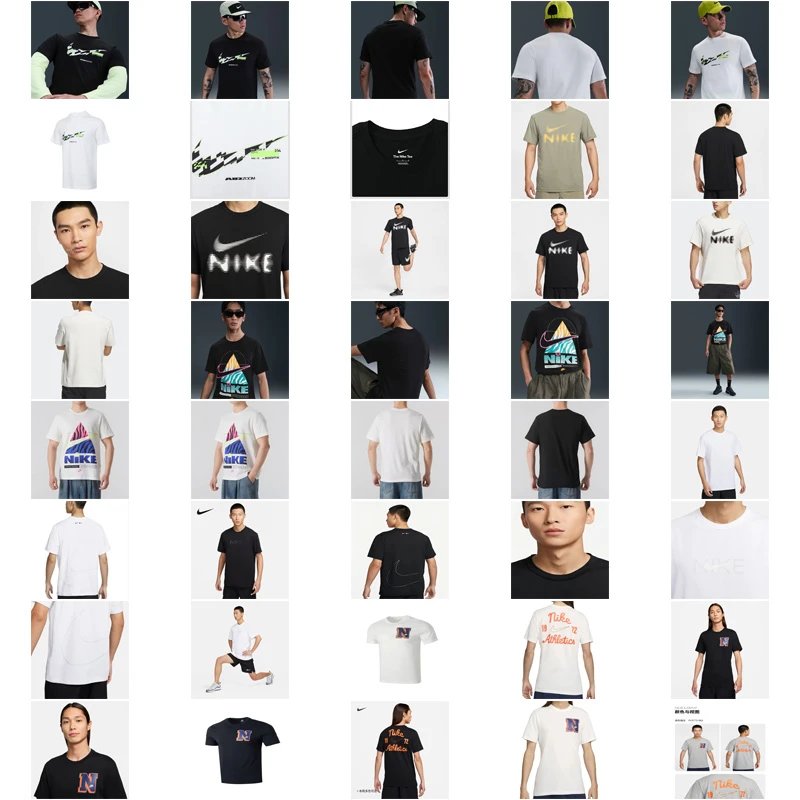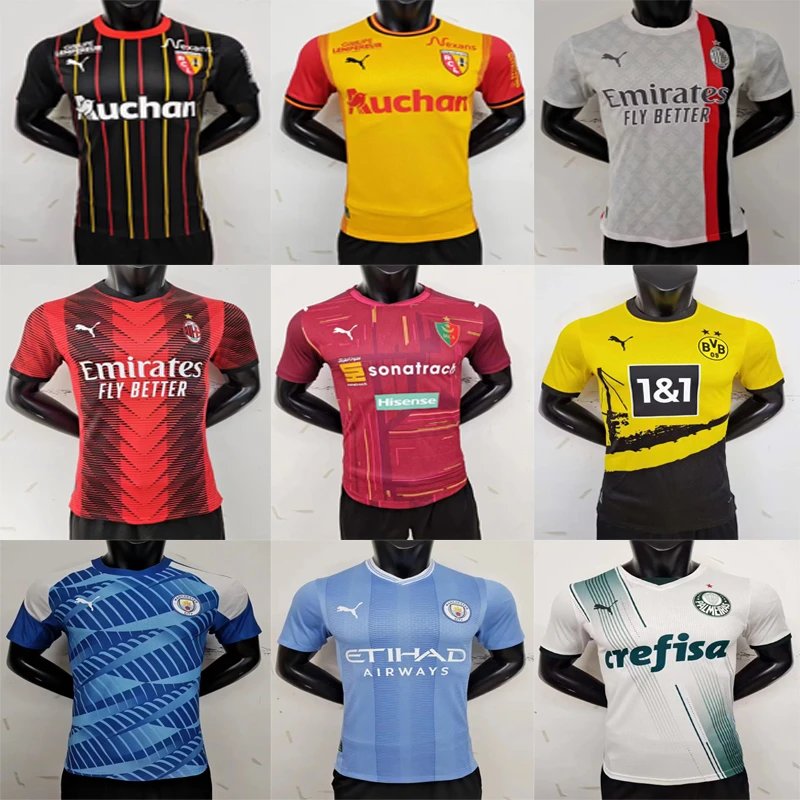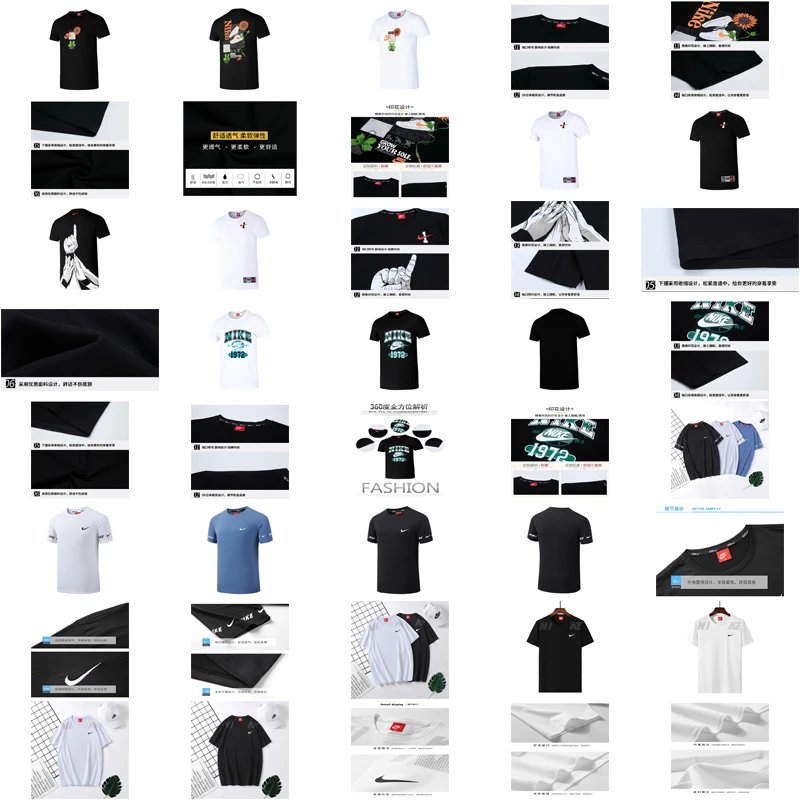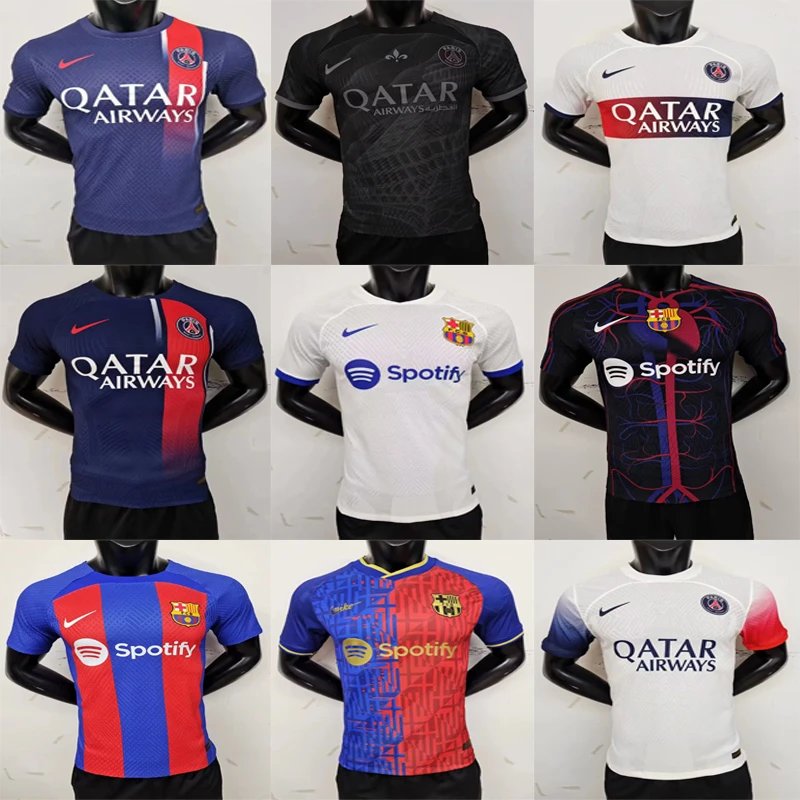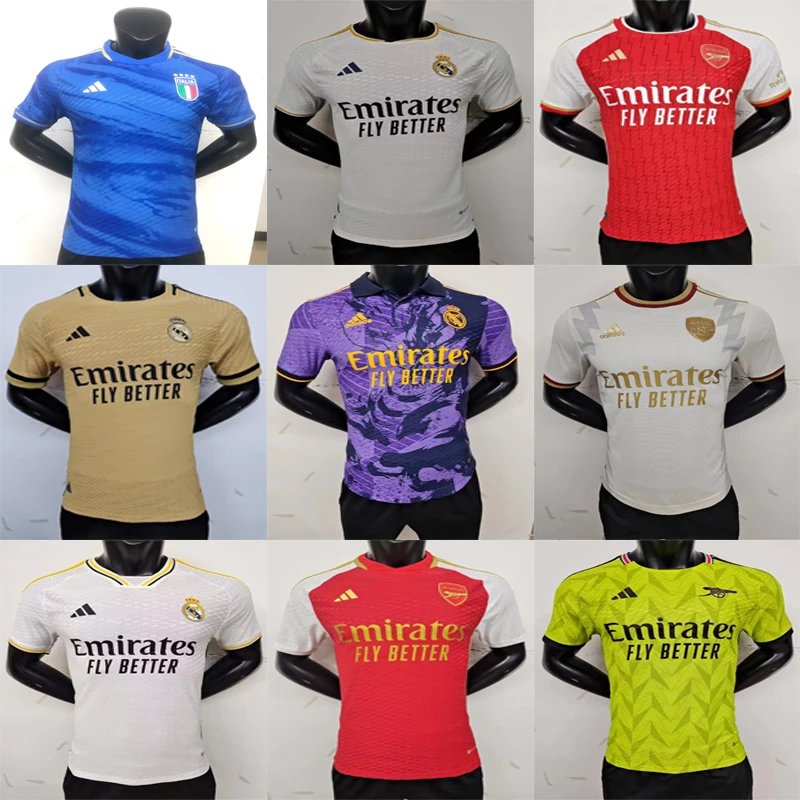Hoobuy: How to Compare QC Quality Over Time Using the Hoobuy Spreadsheet
In the world of product sourcing and dropshipping, maintaining consistent quality is one of the biggest challenges faced by businesses. For those using Hoobuy to source products from various sellers, the ability to track and compare Quality Control (QC) performance over time is not just a convenience—it's a competitive necessity.
The Hoobuy Spreadsheet provides a powerful solution to this challenge, offering a systematic approach to monitoring seller performance and identifying truly reliable partners in your supply chain.
Why Tracking QC Quality Over Time Matters
Long-term Consistency Assessment
Individual QC reports only provide a snapshot in time. The true value emerges when you analyze performance across multiple orders and time periods, revealing patterns that single inspections might miss.
Informed Sourcing Decisions
By comparing historical QC data, you can make data-driven decisions about which sellers to continue working with and which to phase out based on their actual performance rather than promises.
Proactive Problem Identification
Trends in QC issues can signal larger problems with a seller's manufacturing processes or quality standards, allowing you to address concerns before they affect your customers.
Setting Up Your Hoobuy QC Comparison Spreadsheet
Essential Data Points to Track
- Seller Information:
- Order Details:
- QC Metrics:
- Performance Scores:
- Trend Indicators:
- Order Details:
Structuring Your Spreadsheet for Effective Comparison
Create separate tabs or sheets for:
- Raw Data Entry:
- Seller Performance Dashboard:
- Trend Analysis:
- Alert Triggers:
- Seller Performance Dashboard:
Analyzing the Data: Turning Numbers Into Insights
Quarter-over-Quarter Comparison
Compare QC performance in 3-month intervals to account for seasonal variations and identify whether quality issues are temporary or systematic.
Moving Average Calculation
Use a rolling average of defect rates to smooth out temporary spikes and see the underlying trend in quality performance.
Correlation Analysis
Identify if external factors (such as price changes, order volume increases, or staff changes) correlate with quality fluctuations.
Best Practices for Ongoing QC Monitoring
Regular Review Schedule
Set a consistent schedule (weekly, monthly, quarterly) to review your QC spreadsheet, ensuring you don't miss important trend developments.
Standardized Scoring System
Use the same QC checklist and scoring method across all sellers and time periods to ensure comparability of data.
Seller Communication Protocol
Establish a process for sharing QC findings with sellers, using historical data to support your feedback and improvement requests.
Automated Data Entry
Where possible, integrate your QC reporting system directly with your spreadsheet to minimize manual entry errors and save time.
Transforming Supplier Relationships Through Data
The Hoobuy Spreadsheet approach to comparing QC quality over time represents a fundamental shift from reactive quality management to proactive partnership development. By maintaining detailed historical records of each seller's performance, you build a knowledge base that elevates your sourcing strategy from guesswork to precision.
This method doesn't just help you avoid problematic suppliers—it helps you identify and nurture relationships with consistently excellent partners. Over time, this data-driven approach creates a self-reinforcing cycle of quality improvement, cost savings, and customer satisfaction that distinguishes successful businesses in competitive markets.
Start implementing your Hoobuy QC comparison spreadsheet today, and transform how you evaluate, select, and collaborate with your suppliers for long-term success.

